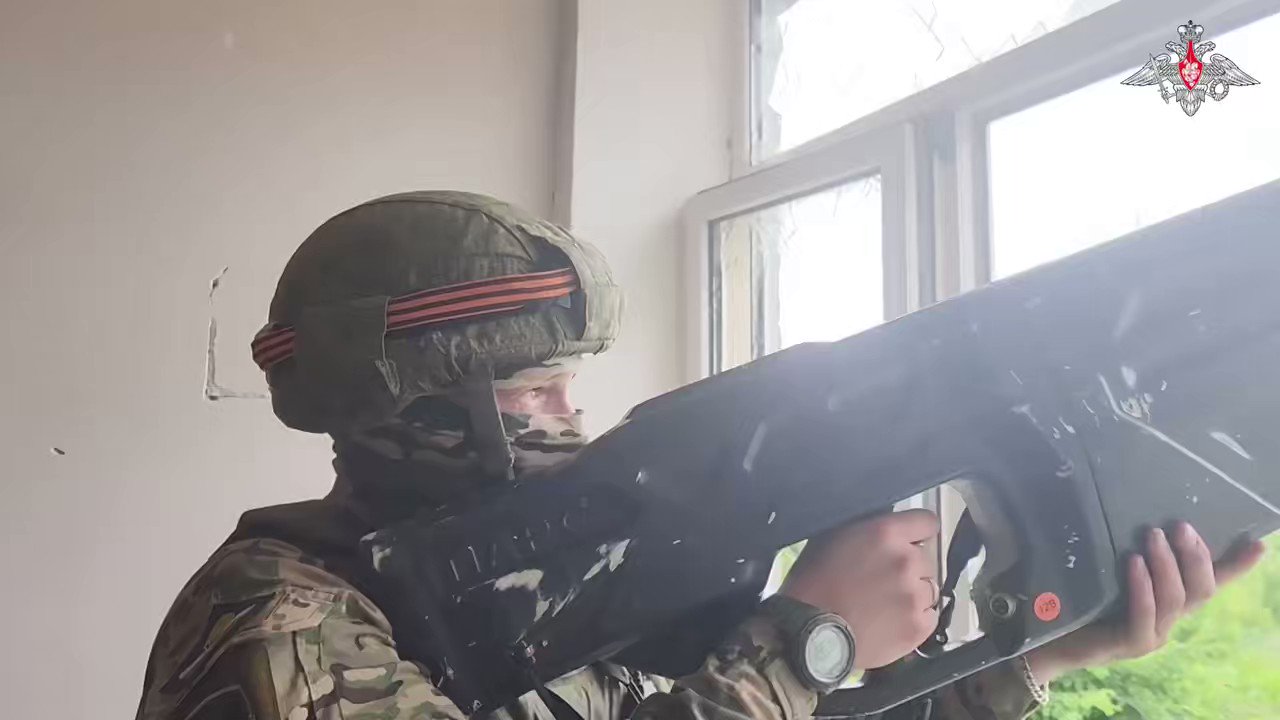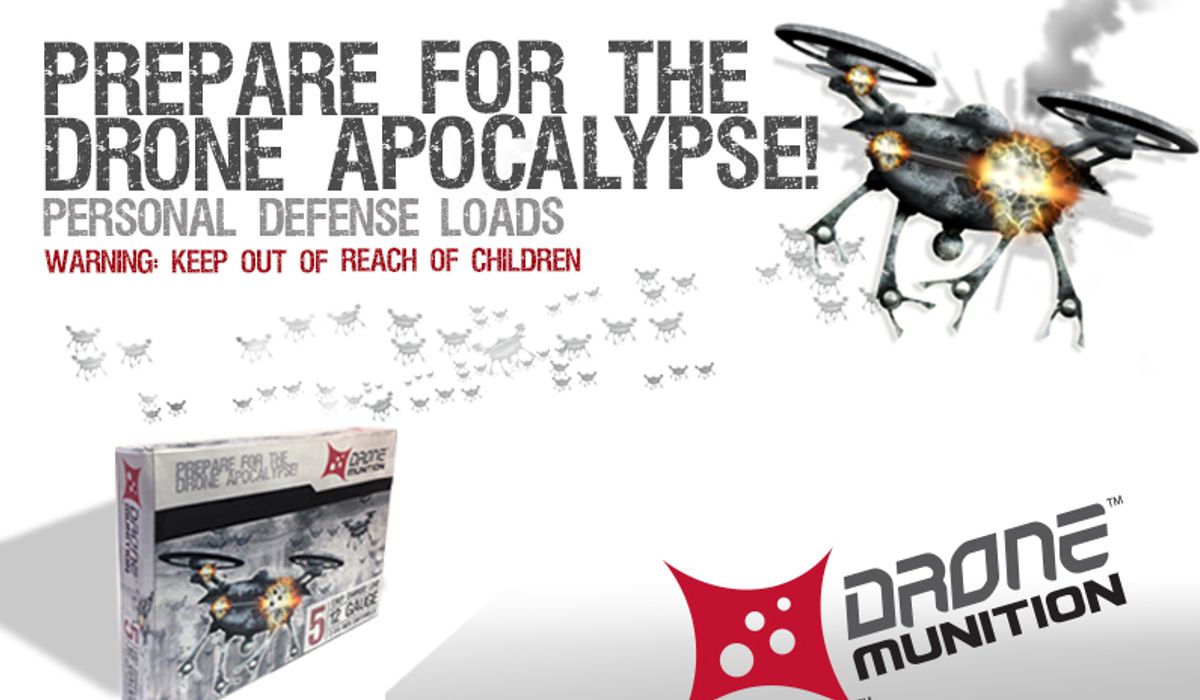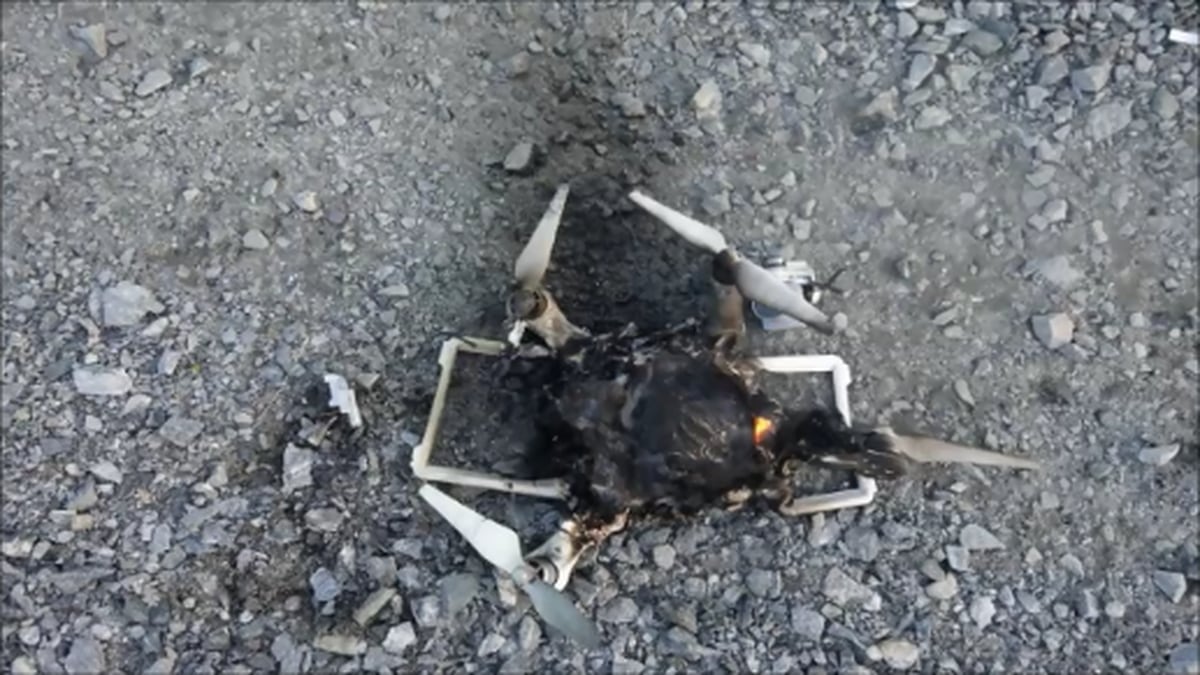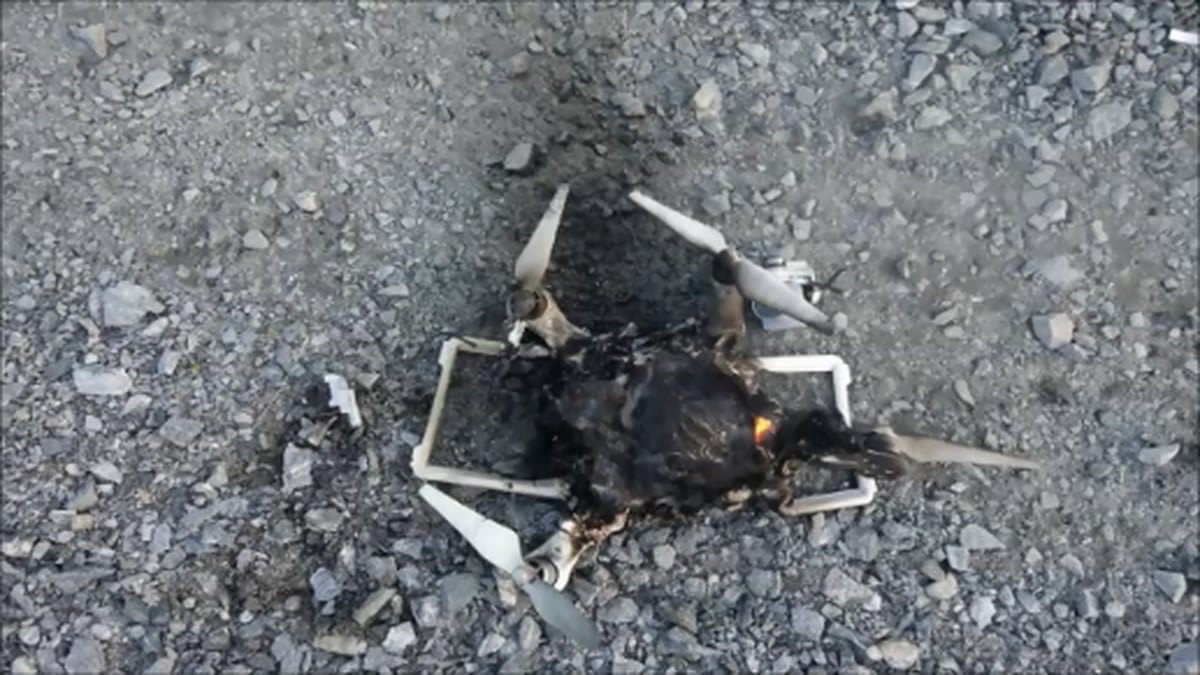Remington drone loads represent a significant advancement in unmanned aerial vehicle (UAV) technology, impacting various sectors. This exploration delves into the payload capacities of different Remington drone models, examining the factors influencing these limits and the diverse applications they support, from agricultural surveying to package delivery. We’ll also discuss safety regulations, technological advancements, and future trends shaping the capabilities of these impressive machines.
The increasing demand for efficient and reliable drone delivery systems necessitates a deep understanding of payload limitations and operational safety. This analysis will provide a comprehensive overview of Remington drone technology, including its strengths, weaknesses, and the potential for future innovation in this rapidly evolving field.
Remington Drone Models and Payload Capacity

Remington drones offer a range of models designed for various payload capacities and applications. Understanding the specifications and capabilities of each model is crucial for selecting the appropriate drone for a specific task. This section details the payload capacities, dimensions, and flight times of several Remington drone models, followed by a comparative analysis and a discussion of the factors influencing their payload capabilities.
Remington Drone Model Specifications, Remington drone loads
The table below presents specifications for several Remington drone models. Note that these specifications are illustrative and may vary depending on the specific configuration and accessories used. Always consult the official Remington specifications for the most up-to-date information.
| Model Name | Payload Capacity (kg) | Dimensions (L x W x H cm) | Maximum Flight Time (minutes) |
|---|---|---|---|
| Remington RX-800 | 5 | 60 x 60 x 25 | 30 |
| Remington RX-1200 | 10 | 80 x 80 x 30 | 25 |
| Remington RX-1500 | 15 | 100 x 100 x 35 | 20 |
| Remington RX-2000 | 20 | 120 x 120 x 40 | 15 |
Comparison of Remington Drone Payload Capacities
Comparing the RX-800, RX-1200, and RX-2000 models reveals a trade-off between payload capacity and flight time. The RX-800, with its lower payload capacity, offers a longer flight time, making it suitable for tasks requiring extended aerial surveillance or mapping. The RX-1200 provides a balance between payload and flight time, suitable for a wider range of applications. The RX-2000, capable of carrying the heaviest payload, has the shortest flight time, ideal for missions requiring the delivery of heavier equipment but within a limited operational timeframe.
Factors Influencing Remington Drone Payload Capacity
Several factors contribute to a Remington drone’s payload capacity. Battery technology plays a crucial role; higher energy density batteries allow for longer flight times and heavier payloads. Motor power is another key factor; more powerful motors can lift heavier loads. Finally, the airframe design influences both the drone’s weight and its aerodynamic efficiency, directly affecting its payload capacity.
Remington drone loads often necessitate careful weight distribution for optimal flight performance. Understanding the payload capacity is crucial, especially when considering adding advanced features like a high-resolution camera; for examples of such capabilities, check out this resource on drones with cameras: drone with camera. Properly balancing the Remington drone’s load with the camera system ensures safe and efficient operation.
A lighter and more aerodynamic frame allows for a larger payload while maintaining optimal flight performance.
Applications of Remington Drone Loads
Remington drones, with their varying payload capacities, find application in diverse sectors. The versatility of these drones is highlighted by their ability to carry a range of payloads, adapting to various operational needs. Below are five distinct applications showcasing the range of payloads utilized.
Remington Drone Applications and Payloads
- Aerial Photography and Videography: High-resolution cameras and gimbal systems for capturing stunning aerial imagery.
- Precision Agriculture: Multispectral and hyperspectral sensors for crop monitoring and yield optimization.
- Search and Rescue: Thermal imaging cameras and other specialized sensors for locating individuals in distress.
- Delivery and Logistics: Packages, medical supplies, and other goods for efficient delivery in remote or challenging terrains.
- Infrastructure Inspection: High-resolution cameras and sensors for inspecting bridges, power lines, and other critical infrastructure.
Hypothetical Scenario: Agricultural Application

A farmer uses a Remington RX-1200 drone equipped with a multispectral sensor to monitor the health of their soybean crop. The sensor captures data on plant vigor, nitrogen levels, and potential disease outbreaks. This data allows the farmer to make informed decisions regarding irrigation, fertilization, and pest control, leading to improved crop yields and reduced resource usage. The drone’s relatively large payload capacity allows it to carry the sensor and cover a substantial area within a single flight.
Challenges and Opportunities in Heavy Payload Delivery
Carrying heavier loads presents challenges. Urban environments pose obstacles such as buildings and air traffic, requiring careful flight planning and adherence to strict regulations. Rural and mountainous areas present different challenges, including unpredictable weather and limited infrastructure. However, opportunities exist in delivering essential goods to remote locations and in streamlining logistics in challenging environments.
Remington drone loads often involve transporting heavier payloads, requiring robust drone models. For those needing high-quality aerial imagery alongside heavy lifting capabilities, considering the features of a drone with camera, such as those showcased on this site drone with camera , is crucial. Ultimately, the best choice for Remington drone loads will depend on the specific weight and imaging requirements of each mission.
Safety and Regulations Concerning Remington Drone Loads
Safe operation of Remington drones with payloads is paramount. Adhering to regulations and implementing safe operating procedures is crucial to prevent accidents and ensure responsible drone usage. This section details key safety regulations and provides a step-by-step procedure for safe payload handling.
Key Safety Regulations and Guidelines
Weight limits are strictly regulated and vary depending on the drone model and the local aviation authorities. Flight restrictions may apply in certain airspace, such as near airports or crowded areas. Pilots must obtain necessary licenses and permits before operating drones with payloads. Regular maintenance and inspections of the drone and its components are also essential for safe operation.
Safe Payload Loading and Unloading Procedure

- Visually inspect the drone and payload for any damage or defects.
- Securely attach the payload to the designated mounting points on the drone, ensuring it is properly balanced.
- Conduct a pre-flight check, including a thorough systems check and battery level assessment.
- Carefully lift the drone and transport it to the launch area, avoiding any obstacles.
- After the flight, carefully land the drone and detach the payload, ensuring a stable and controlled landing.
- Inspect the drone and payload for any damage after landing.
Comparison of Safety Features in Remington Drone Models
Different Remington drone models incorporate various safety features. These may include redundant systems, automatic emergency landing mechanisms, and obstacle avoidance technologies. Higher-end models generally incorporate more advanced safety features, enhancing the security of payload handling and overall flight operations. For example, the RX-2000 might incorporate more robust structural design and advanced sensor systems for safer heavy payload operation compared to the RX-800.
Technological Advancements in Remington Drone Payload Systems
Advancements in battery technology, payload attachment mechanisms, and drone control systems have significantly improved the capabilities of Remington drones. This section explores these advancements and their impact on payload delivery precision and safety.
Advancements in Battery Technology
The development of higher energy density lithium-ion batteries has significantly increased the flight time and payload capacity of Remington drones. Solid-state batteries are also emerging as a promising technology, offering even greater energy density and improved safety features. These advancements allow drones to carry heavier payloads for longer durations, expanding their operational range and capabilities.
Payload Attachment Mechanisms
Remington drones utilize various payload attachment mechanisms, including magnetic mounts, quick-release latches, and specialized harnesses. Each mechanism has its advantages and disadvantages. Magnetic mounts are convenient but may not be suitable for all payloads or environments. Quick-release latches offer secure attachment and easy removal, while specialized harnesses provide customizability for different payload shapes and sizes.
Advancements in Drone Software and Control Systems
Advancements in drone software and control systems have enhanced the precision and safety of payload delivery. GPS-aided navigation, obstacle avoidance systems, and automated flight planning software significantly improve the accuracy and reliability of payload delivery, especially in challenging environments. These improvements reduce the risk of accidents and enhance the overall efficiency of drone operations.
Future Trends in Remington Drone Payload Capabilities
Future trends in Remington drone payload technology are driven by advancements in materials science, propulsion systems, and artificial intelligence. This section explores these trends and their potential impact on the capabilities and ethical implications of heavier payload drones.
Predictions of Future Trends
Advancements in materials science are expected to lead to lighter and stronger airframes, enabling increased payload capacities without compromising flight performance. Improved propulsion systems, such as hybrid-electric or fully electric motors with higher power-to-weight ratios, will further enhance payload capabilities. The use of lighter yet stronger materials like carbon fiber composites will also contribute to increased payload capacity while maintaining structural integrity and flight efficiency.
For example, the use of graphene-enhanced polymers could significantly reduce the weight of the drone frame, allowing for a substantial increase in payload capacity without compromising structural strength.
Impact of Emerging Technologies
AI and autonomous navigation systems are poised to revolutionize payload delivery. AI-powered drones can autonomously plan flights, avoid obstacles, and deliver payloads with greater precision. Autonomous navigation systems will allow for increased efficiency and reduce the need for human intervention, especially in hazardous or remote environments. For instance, a future Remington drone could autonomously navigate to a specific location, assess the environment, adjust its payload delivery mechanism accordingly, and autonomously deliver a package to a designated area with minimal human interaction.
Ethical Implications of Increased Payload Capacity
The increased payload capacity of Remington drones raises ethical concerns. The potential for misuse, such as carrying illicit goods or weapons, needs to be addressed through responsible development and strict regulations. International cooperation and clear guidelines are necessary to prevent the misuse of this technology and ensure its ethical application across various sectors.
The future of Remington drone loads promises significant advancements, driven by ongoing innovation in battery technology, propulsion systems, and autonomous navigation. As payload capacities increase and safety regulations evolve, Remington drones are poised to play an increasingly crucial role across diverse sectors. Responsible development and ethical considerations will be paramount in harnessing the full potential of this transformative technology while mitigating potential risks.
FAQ
What is the warranty on Remington drone batteries?
Warranty periods vary depending on the specific drone model and battery type. Check the manufacturer’s documentation for details.
How often should I calibrate my Remington drone’s sensors?
Sensor calibration frequency depends on usage. Consult the user manual for recommended schedules and procedures.
Are there any restrictions on flying Remington drones near airports?
Yes, strict regulations govern drone operation near airports. Check with local aviation authorities for specific restrictions and obtain necessary permits.
What type of training is recommended for operating Remington drones with payloads?
Formal training courses are recommended, particularly for heavier payloads. These courses typically cover safe operating procedures, emergency protocols, and relevant regulations.
